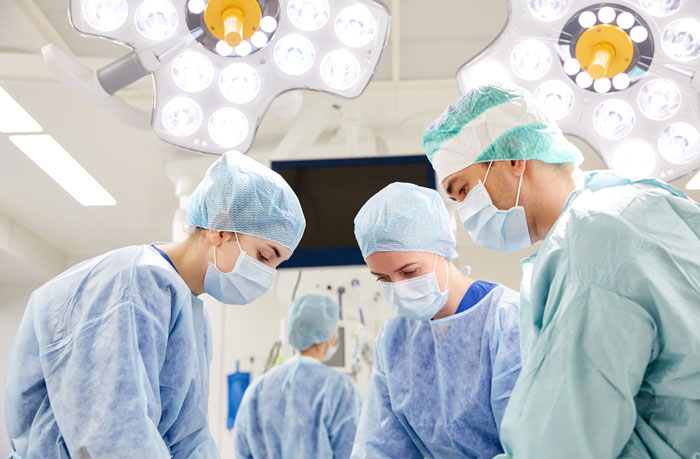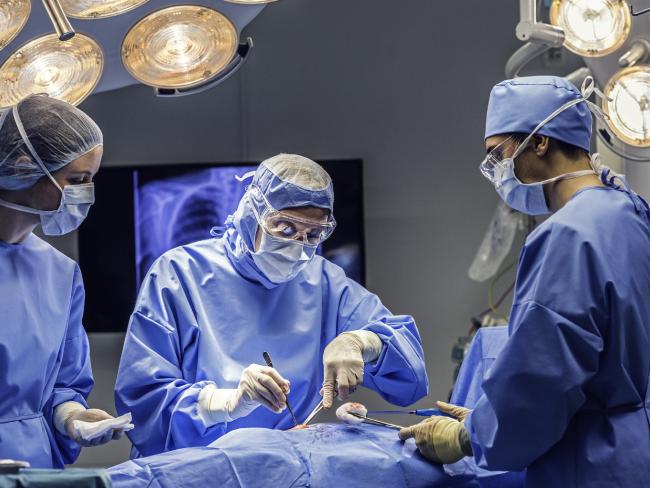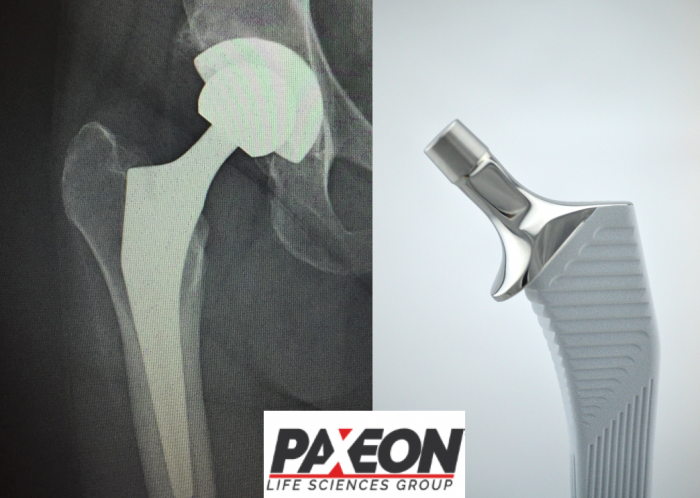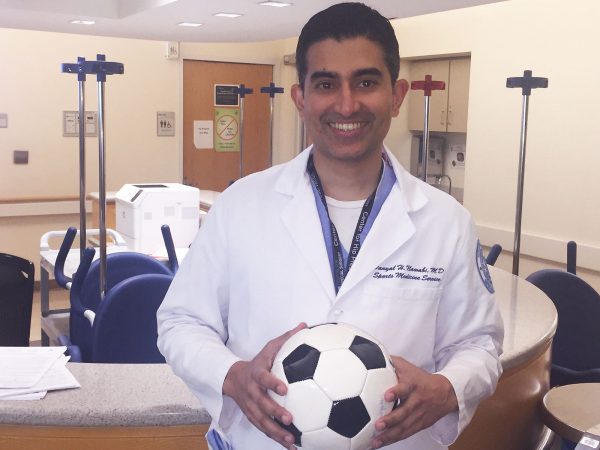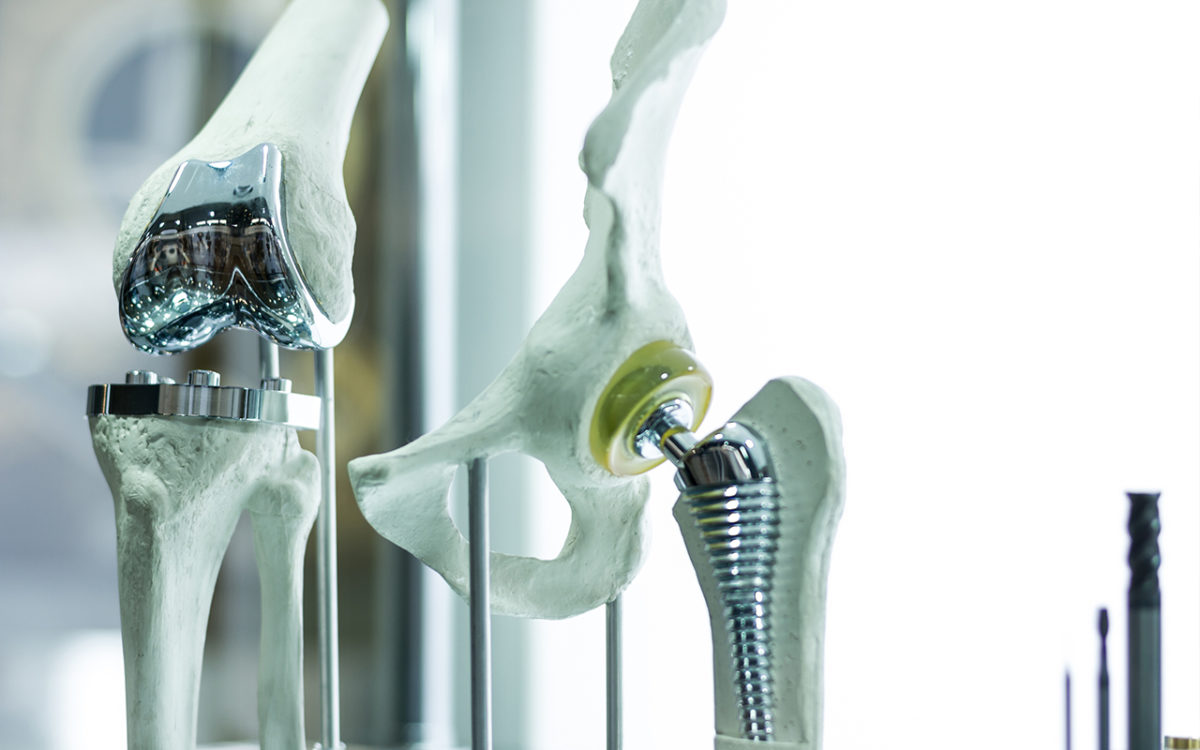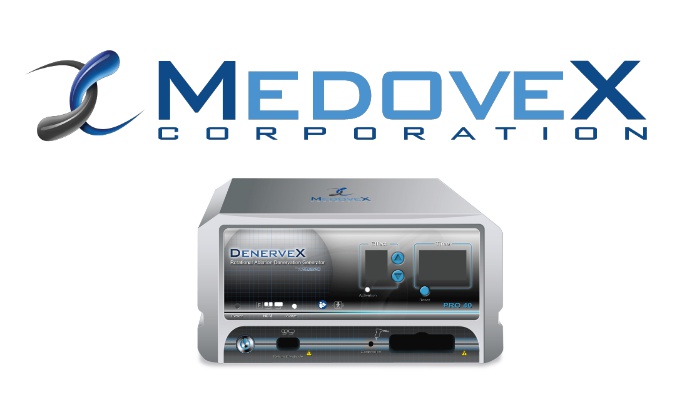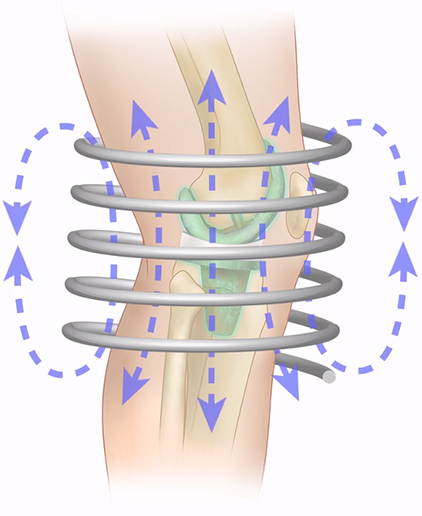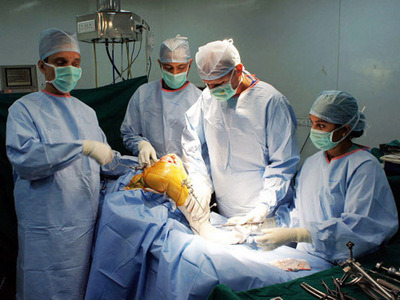AUDUBON, Pa., Aug. 17, 2017 (GLOBE NEWSWIRE) — Globus Medical, Inc. (NYSE:GMED), a leading musculoskeletal solutions company, today announced that the Excelsius GPS™, a revolutionary robotic guidance and navigation system, has been 510(k) cleared by the U.S. Food and Drug Administration. This platform technology supports minimally invasive and open orthopedic and neurosurgical procedures, with screw placement applications in spine and orthopedic surgery. Excelsius GPS™ seamlessly integrates Globus Medical implants and instruments and is compatible with pre-operative CT, intra-operative CT and fluoroscopic imaging modalities. The system is designed to minimize radiation exposure, streamline workflow, and reproducibly assist in implant placement.
“Excelsius GPS™ is the culmination of years of research and development efforts and demonstrates Globus Medical’s superior product development capabilities,” said Norbert Johnson, Vice President of Robotics, Imaging, & Navigation. “We believe the Excelsius GPS™ System will advance patient care and provide tangible benefits for surgeons and hospitals in terms of time, accuracy and reduced radiation exposure through the application of robotic and navigation technology in spine and orthopedic surgery.”
About Globus Medical, Inc.
Globus Medical, Inc. is a leading musculoskeletal solutions company based in Audubon, PA. The company was founded in 2003 by an experienced team of professionals with a shared vision to create products that enable surgeons to promote healing in patients with musculoskeletal disorders.
Safe Harbor Statements
All statements included in this press release other than statements of historical fact are forward-looking statements and may be identified by their use of words such as “believe,” “may,” “might,” “could,” “will,” “aim,” “estimate,” “continue,” “anticipate,” “intend,” “expect,” “plan” and other similar terms. These forward-looking statements are based on our current assumptions, expectations and estimates of future events and trends. Forward-looking statements are only predictions and are subject to many risks, uncertainties and other factors that may affect our businesses and operations and could cause actual results to differ materially from those predicted. These risks and uncertainties include, but are not limited to, factors affecting our quarterly results, our ability to manage our growth, our ability to sustain our profitability, demand for our products, our ability to compete successfully (including without limitation our ability to convince surgeons to use our products and our ability to attract and retain sales and other personnel), our ability to rapidly develop and introduce new products, our ability to develop and execute on successful business strategies, our ability to successfully integrate the international operations acquired from Alphatec, both in general and on our anticipated timeline, our ability to transition Alphatec’s international customers to Globus Medical products, our ability to realize the expected benefits to our results from the Alphatec acquisition, our ability to comply with laws and regulations that are or may become applicable to our businesses, our ability to safeguard our intellectual property, our success in defending legal proceedings brought against us, trends in the medical device industry, general economic conditions, and other risks. For a discussion of these and other risks, uncertainties and other factors that could affect our results, you should refer to the disclosure contained in our most recent annual report on Form 10-K filed with the Securities and Exchange Commission, including the sections labeled “Risk Factors” and “Cautionary Note Concerning Forward-Looking Statements,” and in our Forms 10-Q, Forms 8-K and other filings with the Securities and Exchange Commission. These documents are available at www.sec.gov. Moreover, we operate in an evolving environment. New risk factors and uncertainties emerge from time to time and it is not possible for us to predict all risk factors and uncertainties, nor can we assess the impact of all factors on our business or the extent to which any factor, or combination of factors, may cause actual results to differ materially from those contained in any forward-looking statements. Given these risks and uncertainties, readers are cautioned not to place undue reliance on any forward-looking statements. Forward-looking statements contained in this press release speak only as of the date of this press release. We undertake no obligation to update any forward-looking statements as a result of new information, events or circumstances or other factors arising or coming to our attention after the date hereof.
CONTACT: Contact: Daniel Scavilla Senior Vice President, Chief Financial Officer Phone: (610) 930-1800 Email: investors@globusmedical.com www.globusmedical.com
